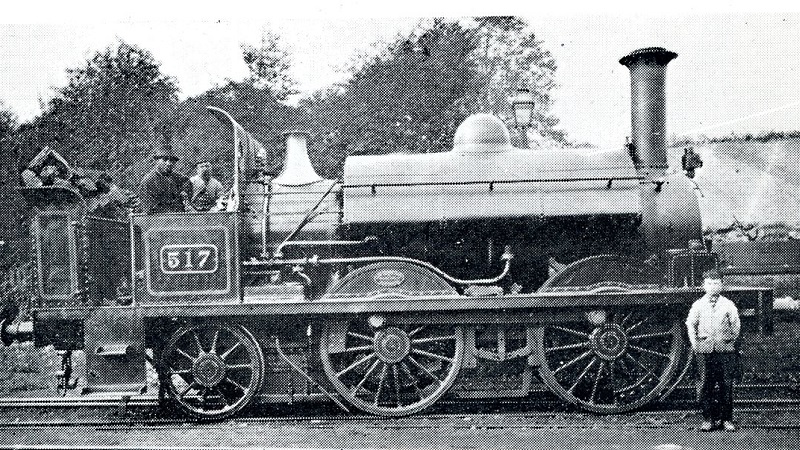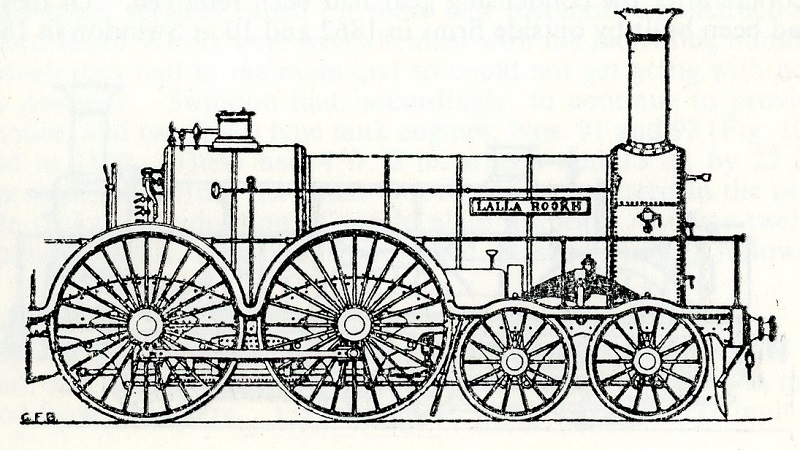Comment & Analysis
Why are some engineering organisations good at designing products? How can teams of skilled engineers sometimes produce poor products? What is the secret to good design? To answer these questions, you could do worse than reading Harold Holcroft’s description of George Jackson Churchward at work in the Swindon Drawing Office of the Great Western Railway.
Churchward would come along, accompanied by the chief draughtsman and settle himself on the draughtsman’s stool. The job as developed would be explained to him point by point, and, when he had thoroughly grasped all the essentials, Churchward would begin to ask questions, make suggestions as to modifications, and listen to what those about him had to say in return. It was the "working committee” in action under a chairman, and the views of all were expressed and listened to.
If the piece in question was a casting, Churchward might send for the foreman patternmaker and the foundry foreman to hear their opinions; or in other cases, it might be necessary to call in the foreman of the smithy or of the machine shop. Thus any snags in manufacture were avoided at the outset, and constructive criticism by these practical men often led to modifications in the design.
If the use of the part in service had to be considered, the running superintendent would be called in, and he might raise some objections to the matter as it stood and suggest modifications to overcome them. Again, Churchward might enquire what other railways and the French, Germans and Americans did in the matter. The Record Office would produce volumes of periodicals or books opened at the page, to answer the point in a short time.
Having heard all sides of the matter discussed, Churchward might adjourn the meeting for a day or so for further development or for alterations to be made, or for an alternative scheme to be produced. When satisfied, he would sum up all the pros and cons in an entirely logical way and arrive at a clear-cut decision. One always felt that finality had been reached and the best possible solution had been found. Such was the way in which Swindon design proceeded step by step, and it put the Great Western a decade or more ahead of any other railway in the country.
 Saddle Tank No 517 by Armstrong's 0-4-2
Saddle Tank No 517 by Armstrong's 0-4-2
Most fellow engineers who read this have no knowledge of, or interest in railways but everyone recognises good practice when they see it. Some who have studied modern engineering management find the themes surprisingly familiar; one even identifying George Jackson Churchward’s style as the Toyota method. Interestingly, each person tends to pick out a different element as being the most important. So what are the key lessons to learn from this Wiltshire wisdom?
- Churchward would come along…” MBWA or Management By Walking About is rather a hackneyed phrase, but it still has value. A manager needs to get around the office, to see and be seen. As well as spending time in the Drawing Office, Churchward also made time to visit the factory: “Each morning he would leave his house ….and walk along the path on his way to the office, often passing through a number of workshops, where he looked at the progress of various jobs and talked to the foreman or chargeman concerned.” “Go and see for yourself” or “Genchi Genbutsu” is Principle 12 of the Toyota method.
- Interest in the small details. Many engineering managers do not get involved in the minutiae of engineering design. Perhaps they feel they cannot spare the time, perhaps they believe they have nothing to contribute. This is unfortunate as a product is only as good as its detail design. With Churchward, every detail was examined and critiqued before a design was approved. An important part of the Chief Engineer’s role is to define and communicate the vision for the whole product, and to make sure that vision cascades down into the detail design.
- Listening. Churchward’s visits to the Drawing Office were to learn as well as to instruct.
- “Churchward would begin to ask questions…” Asking questions is an important part of understanding the logic of a design and checking the understanding of the designer. This could be a confrontational interrogation, like a visit to a court of law, however it is clear Churchward worked in a collaborative way.
- …the views of all were expressed and listened to…” It is clear this is an inclusive environment and one where people are respected regardless of their place in the hierarchy. William Stanier also described how accessible Churchward was, “…although he was an autocrat he was very approachable by his staff and when he became Chief Mechanical Engineer he said to his Chief Clerk, ‘That’s my door. If any of my people want to see me, I’ll tell them when I don’t want them.’ Before that, everyone had had to go though the Chief Clerk, and it was very rarely that one saw the CME. Well, that went through the works like wildfire; when the bush telegraph put that through it altered the whole aspect of things.”
- “…Churchward might send for the foreman patternmaker and the foundry foreman…” This would be called Concurrent Engineering nowadays, with manufacturing deeply involved in the design process. The alternative is for the part to be designed and then passed over the wall to manufacturing who are left to work out how it might be produced. It is interesting that Churchward is not relying on the views of a single person from the works; he understands there are multiple processes in making a casting and that he needs to involve various experts.
- “If the use of the part in service had to be considered, the running superintendent would be called in…” Art may be a monologue but design is a dialogue with the consumer. The views of those who use the product and those who might have to maintain and repair it must be heard during the design process.
- “Churchward might enquire what other railways and the French, Germans and Americans did in the matter…” Understanding the technical landscape is an important part of design. Likewise, benchmarking competitor products. There is always something to learn, even if it is only the design of some small detail. If possible, get your hands on the products and use them yourself, as Churchward did with French locomotives.
- The Record Office would produce volumes of periodicals, or books opened at the page, to answer the point in a short time.” All work should start with a literature survey: Read first; then do.
- “…he would sum up all the pros and cons in an entirely logical way…” At this point Churchward is teaching his draughtsmen. In addition, if the whole team understands the rationale behind a decision, they are more likely to support it wholeheartedly.
- “…and arrive at a clear-cut decision. One always felt that finality had been reached and the best possible solution had been found.” The outcome of the debate needs to be communicated, everyone needs to know the decision has been made and it helps if everyone believes the boss is right.
 Lalla Rookh broad gauge passenger 4-4-0
Lalla Rookh broad gauge passenger 4-4-0
Practitioners of every art and every science can learn from history, and engineers are no exception to this rule. Read about the age of iron and steam and you will uncover nuggets of information relevant to the present day.
Holcroft, H. 1957, An outline of Great Western Locomotive practice, 1837-1947, Locomotive Publishing, London. Classmark: 621.132
The book can be found in our Library at 1 Birdcage Walk. Alternatively, email library@imeche.org for more information on this, or any of our titles.
If you enjoy reading one of our books or ebooks and think others should know about it, submit a review to library@imeche.org.
Visit our libraries and archive.